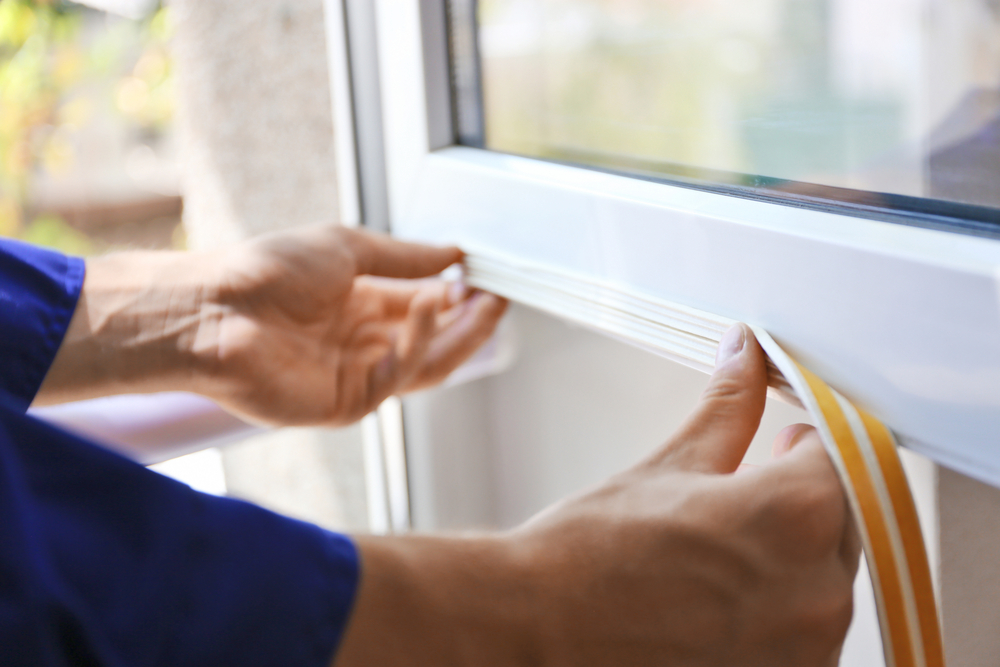
Insulation – Quick Fixes
When it comes to keeping your home warm, there are lots of small things you can do to make a big difference. We are all much more conscious of the cost of our energy, so it’s essential we do what we can to ensure the heat in our home isn’t escaping due to poor insulation. From draughty windows to gaps in the floorboards, there are lots of budget-friendly solutions to improve the energy efficiency of your home. What’s more, when you sell your home, your buyers will want to see details of your energy bills for the property.
Ensure your boiler is serviced
It’s important that your boiler can live up to the demands of a cold Scottish winter. An old or faulty boiler will increase your heating bill significantly. Make sure your boiler is serviced every 12 months, preferably before the winter, to ensure it’s running efficiently. If your boiler is over eight years old, consider replacing it, as the average lifespan is between 10 and 15 years; however, council grants could be available if your boiler is over seven years old, enabling you to replace it with a small contribution. Talk to your local council for a list of suppliers.
In terms of heating your home, leaving the heating on low all day will not reduce your heating bills – only use it when you need it and try to keep it to 18 degrees.
Heat yourself, not the house
A great way to stay warm and avoid using too much energy is simply by wearing layers and blankets. Heated blankets are incredibly energy efficient as they warm up with minimal electricity. Blankets with arms are also an excellent idea for staying warm.
Invest in a smart thermostat
A thermostat controls the temperature of your home by communicating with your boiler. Older thermostats can cause delays in your boiler switching on or your house being heated at much higher temperatures than needed. Upgrading your thermostat could provide far greater accuracy in thermostat-to-boiler communication, preventing energy from being wasted and reducing your bills. By using a thermostat with a timer, you’ll have a simple solution to ensure your home is heated for when you arrive home from work.
A smart thermostat is an excellent energy-saving way to operate your home heating system It will turn itself down when you’re out of the house; it gets to know your temperature preference so that it never overheats your home plus, it can be controlled via an app through your phone, so that you can switch your heating or hot water on or off when outside of your house and even switch off your boiler if you’re out of the house for more than a few days. You can also use it remotely and will receive monthly reports so you can work out how much energy you’re using.
Don’t block radiators
It’s essential to be strategic about your furniture placement in rooms you’re trying to keep warm. Don’t put furniture or sofas against the radiator or the radiator, or they will absorb the heat. Also, make sure that curtains don’t fall over the radiator, covering them up; otherwise, the heat will be directed towards the window and will escape, especially if you have older or single-glazed windows.
Keep your curtains open during the day –and sunlight will warm your home. Ensure your radiators are working correctly by bleeding them to ensure no air is trapped – hindering the heating performance.
Draught proof windows
It’s simple to draught-proof your windows –apply self-adhesive foam tape to a window frame and check for cracks between the window frames and the surrounding walls as you can use sealant to block these.
Chimney balloon
There’s no point spending money on insulation, but the heat escapes up the chimney. Many people have gas fires and traditional chimneys but avoid using these due to the price of gas. Invest in a chimney balloon to prevent the heat from escaping – they are easy to instal and remove and are highly effective.
Floorboards
Stripped floorboards look great, but they have small gaps that can be highly draughty, letting cold air into the room. Try a draught filler which is a rubber-like material that can be pushed between the boards to seal any gaps. Another option is to have a carpet fitted with underlay or use a fluffy rug to cover some of the gaps.
